Can a road car win Le Mans? I joined Aston Martin to find out
Aston Martin headed to the 24 Hours of Le Mans with its Valkyrie hypercar
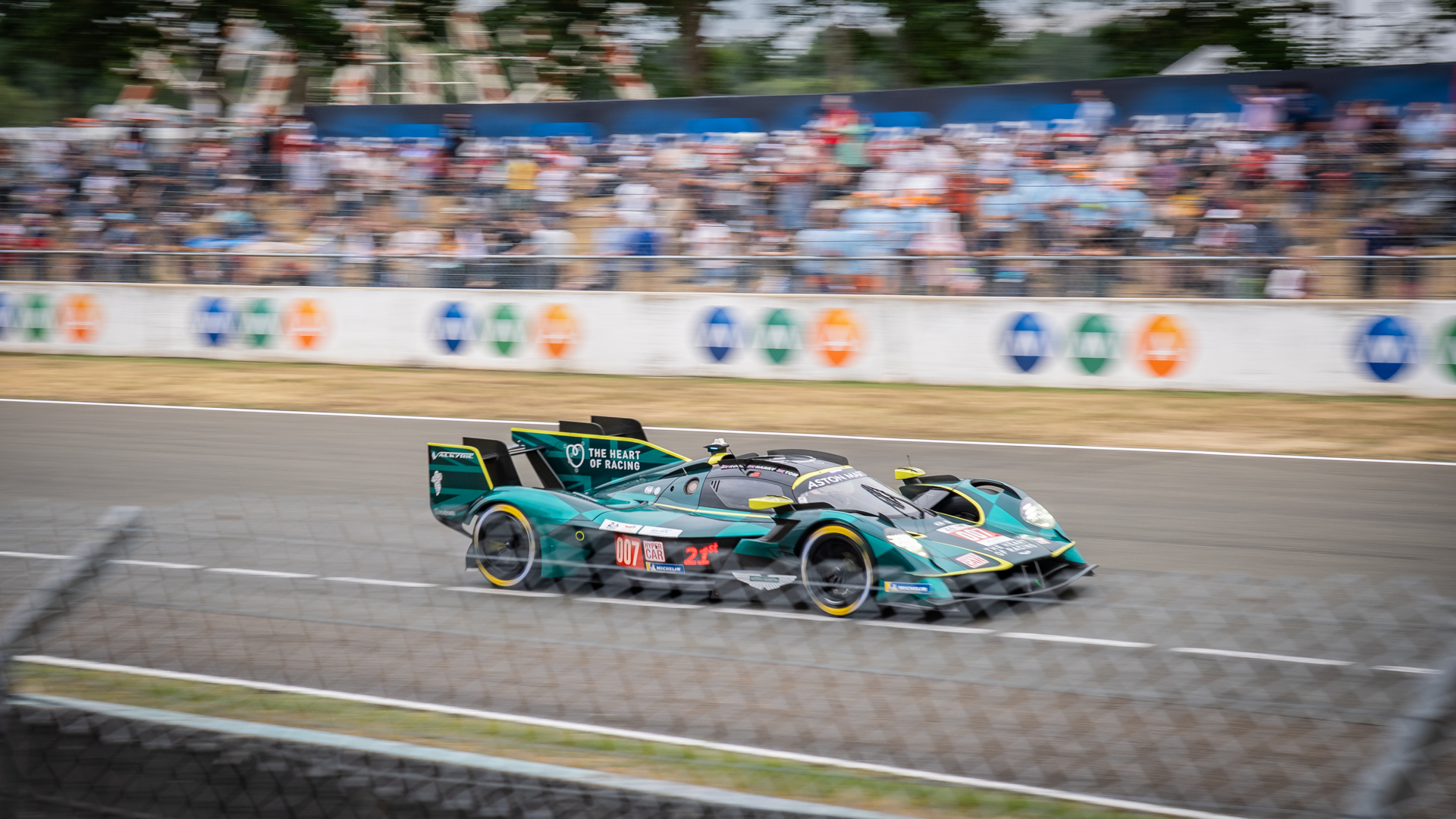

The 24 Hours of Le Mans is a car race like no other. The quickest teams cover more than 70% of an entire Formula One season in a single day, yet race at a higher average speed, non-stop.
Three tiers of cars share the same track, battling from 4 PM Saturday until 4 PM Sunday, through the heat of the French summer, the depths of night, and all manner of weather in between.
For the 2025 race, the Circuit de la Sarthe saw 62 cars, each with three drivers, compete across the three distinct categories. Entrants in the Hypercar class included brands like Ferrari, Porsche, Toyota, Alpine, Peugeot, BMW and Cadillac. But one stood out more than any other: Aston Martin.
The British sports car maker is a common sight in the GT3 class, where racers based on the Vantage sports car have won the class several times and qualified on pole position for the 2025 race. But the top tier – known today as Hypercar but previously LMP1 – hasn’t featured an Aston Martin since 2011, and the brand hasn’t won outright at Le Mans since 1959.
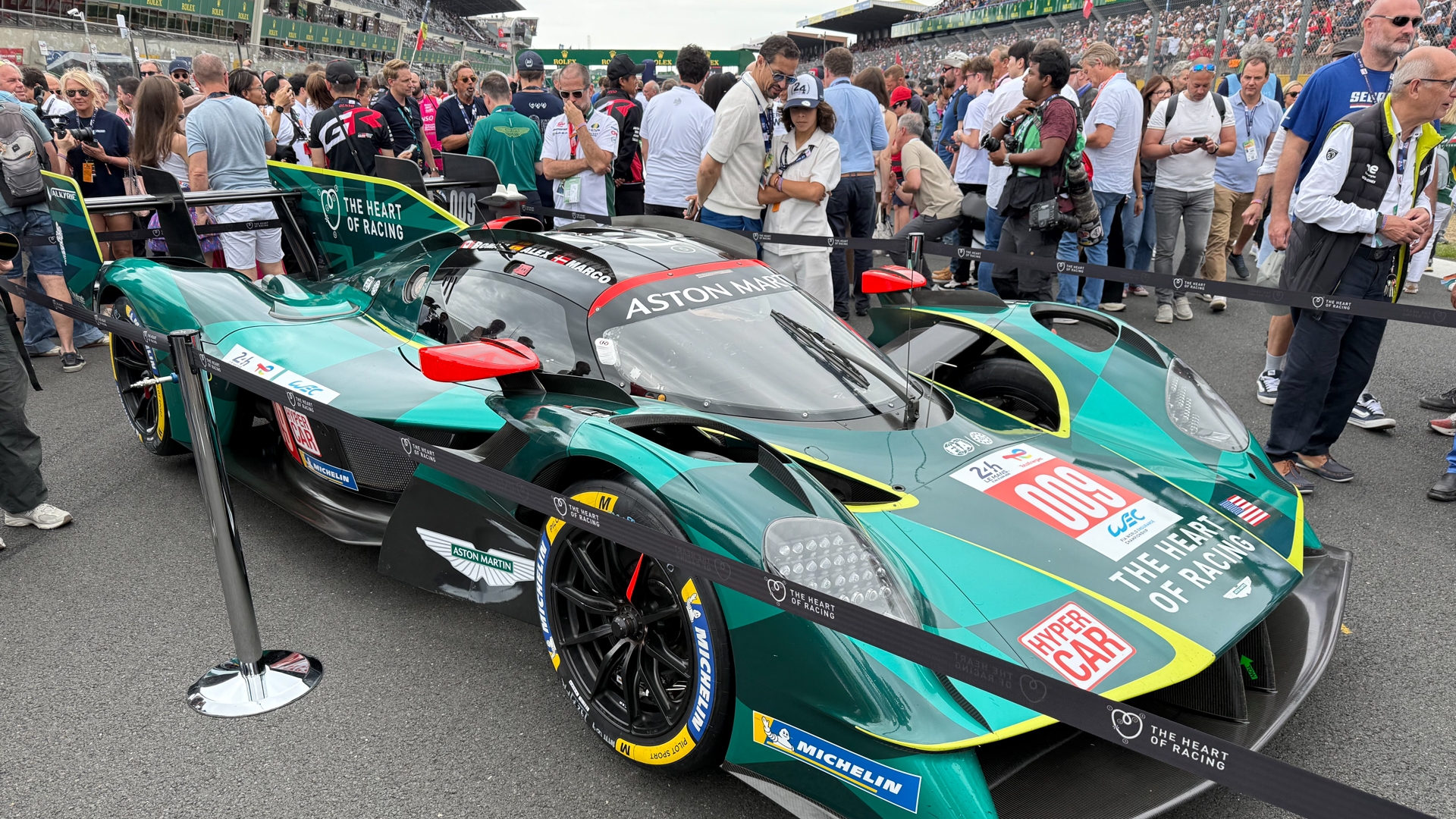
Come on over, Valkyrie
Not only did this year’s Le Mans mark a return to the top tier for Aston Martin, but the team’s pair of Valkyrie racers were the only competitors on the Hypercar grid to be based on a road car. Ferrari will sell you a track-only car based on its 499P racer – and there’s now a run of Le Mans-spec Valkyries for Aston’s most well-healed customers to snap up, too. But the British manufacturer was alone in its bid to win Le Mans, outright, with the racing offspring of a road car.
It was only in late 2023 that Aston Martin confirmed it would take the Valkyrie to Le Mans. Seven years earlier, the company revealed a wild concept car called the AM-RB 001, with the RB standing for Red Bull and signalling how the Formula One team’s design ace Adrian Newey was at the helm.
What later became the Valkyrie was for a while considered Newey’s idea of the ultimate road-legal supercar. Since then, Newey has switched from Red Bull to Aston Martin’s F1 team, and 150 road-going Valkyrie coupes entered production – plus 80 convertible Spyders and 40 track-only AMR Pro versions.
Get all the latest news, reviews, deals and buying guides on gorgeous tech, home and active products from the T3 experts
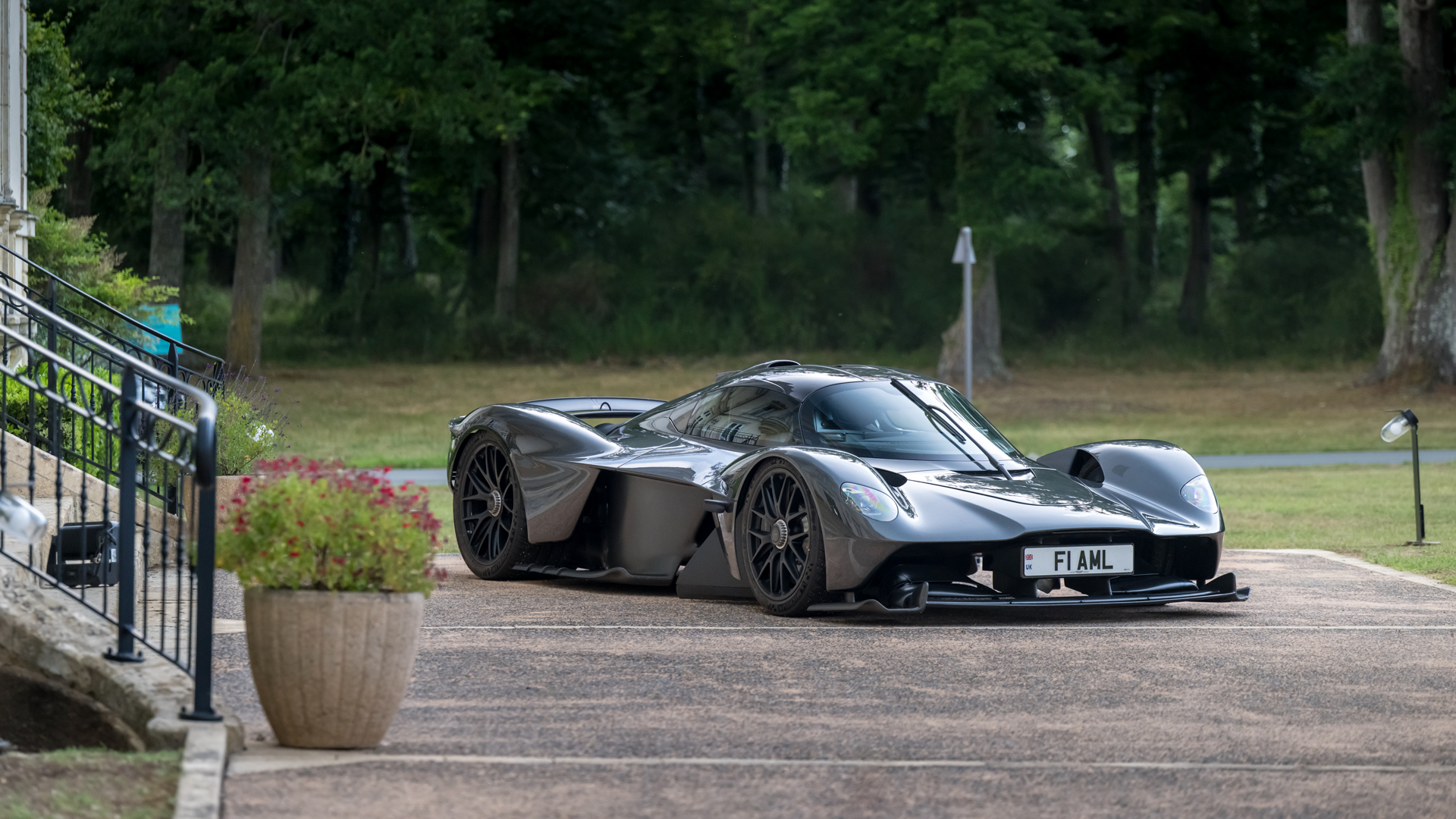
Now, a pair of Valkyrie race cars are battling in two endurance race series at once; the GTP category of the IMSA SportsCar Championship, and the Hypercar category of the FIA World Endurance Championship, of which Le Mans is the crown jewel.
As with any top-tier motorsport, data is key to success at Le Mans. The cars are more reliable than ever, many seemingly taking over 3,000 miles of continuous racing in their stride. But their vitals are closely monitored for every second of every lap.
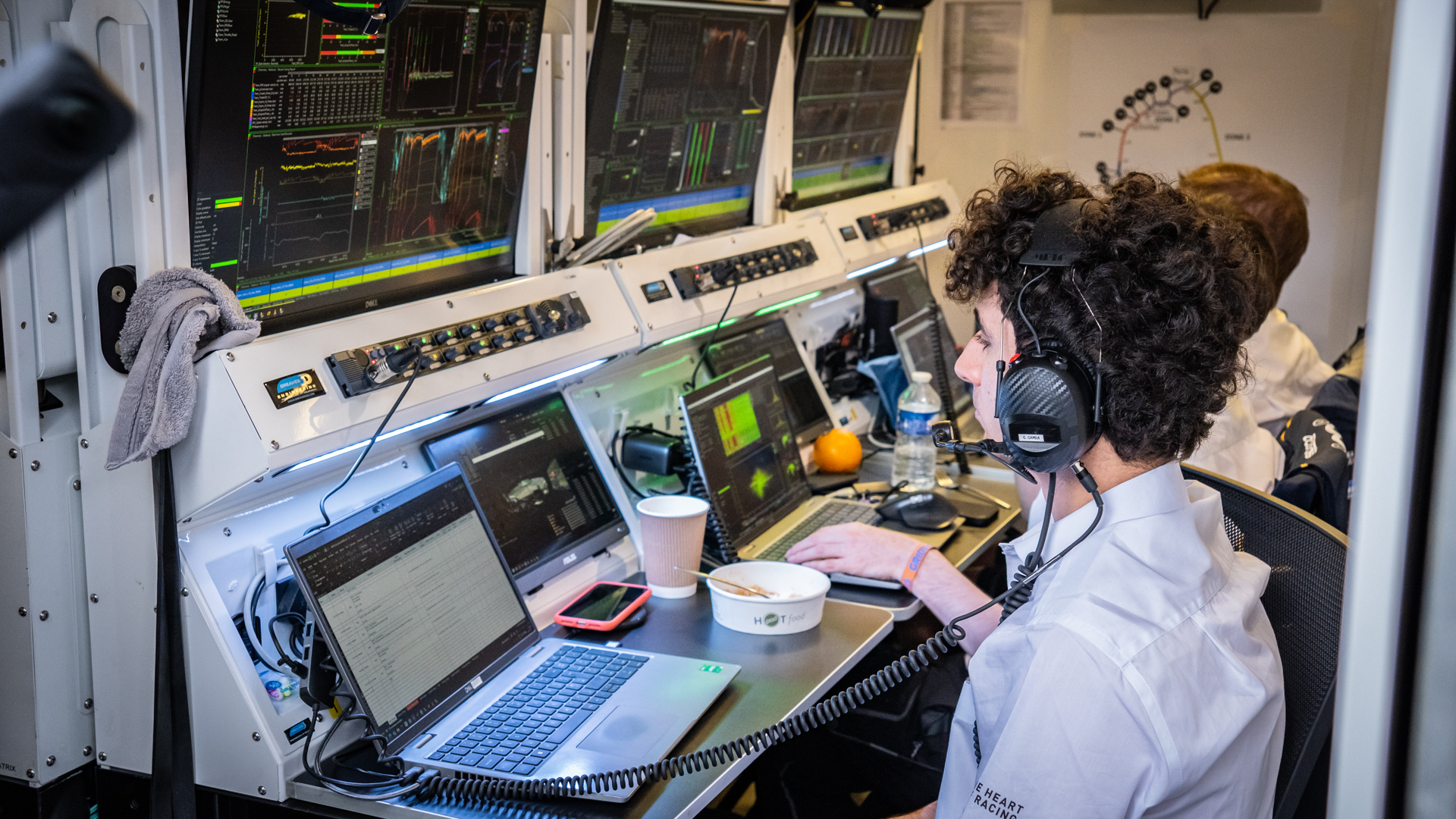
In the garage
As a guest of Aston Martin, I was invited into the pit garages at around 8 PM on Saturday evening. On one side, the pit crew were sitting on camping chairs, watching the live TV feed and keeping up with the action. Much like the other 300,000 spectators around the circuit, but with fewer hot dogs and small bottles of warm French beer.
On the other side, tucked away around a corner, sat Valkyrie mission control, pictured above. Here, five engineers per car analyse live data streams fed from around 200 onboard sensors to the garage via a dedicated cellular connection. It’s a scene that could have been lifted straight from Formula One, or indeed NASA.
Every data feed is scrutinised in a space of relative calm, away from the noise of the pit lane and busyness of the paddock. The data covers everything from engine revs and gearbox temperature, to oil pressure, fuel flow rate, brake pad wear and every driver input.
Since the circuit is much longer than those used by Formula One, at 8.5 miles, it’s vital to spot the signs of a potential problem and act on them quickly, or face a long, slow drive back to the garage. Also dissimilar to F1 is how repairs are very much part of the race. Not just a quick front wing swap, as is common in Formula One; we're talking whole minutes, even tens of minutes or more, if that's what is needed to strip away broken bodywork, replace key components and set a car back on its way. If a driver can drag their stricken car back to the garage, the team will do whatever it takes to get it running again.
As well as for checking problems, the flood of data streaming from each car is used to help inform race strategy. Like the other Hypercars, the Aston Martin Valkyrie’s fuel tank lasts for around 13 laps of full-speed running. This means pit stops happen about every 45 minutes, each garage visit performed with balletic precision by a crew who rehearse the precise choreography needed to refuel and, less frequently, change the tyres, swap drivers and perform repairs. My guide says the Aston crew hit the gym three times a week, with a focus on exercises designed to improve their pit stop performance.

No hybrids here
One data feed not present in the Valkyrie pit is battery charge, because, unlike all other cars in the Hypercar class, the Aston Martin is not a hybrid. It isn’t turbocharged or supercharged, either. Instead, it’s powered by a (relatively) simple 6.5-litre, naturally-aspirated V12 engine closely related to that of the Valkyrie road car.
It’s an interesting move, especially since the road-going Valkyrie is a hybrid, but the benefits of ditching the motor and high-voltage battery for racing include reduced weight, better chassis packaging and less complexity. In short, there’s less to go wrong – a vital consideration in endurance racing, and especially so for a car in its debut season.
For the fans, it meant the joy of hearing a V12 screaming its way to 11,000 rpm, piercing through the humid summer air, lap after lap, in pursuit of the quieter whooshes of everyone else’s turbocharged hybrids. On sound alone, the Valkyrie was the winner, outshining the baritone brutality of the V8-powered Cadillacs with a higher-pitched soundtrack akin to that of an old F1 car.
But histrionics can only get a race team so far, and ultimately the weekend proved just how difficult it is to win Le Mans with a racer derived from a road car – something that hasn’t been done since 1995, when heavy rain played to the advantage of a pack of McLaren F1 supercars on their debut.
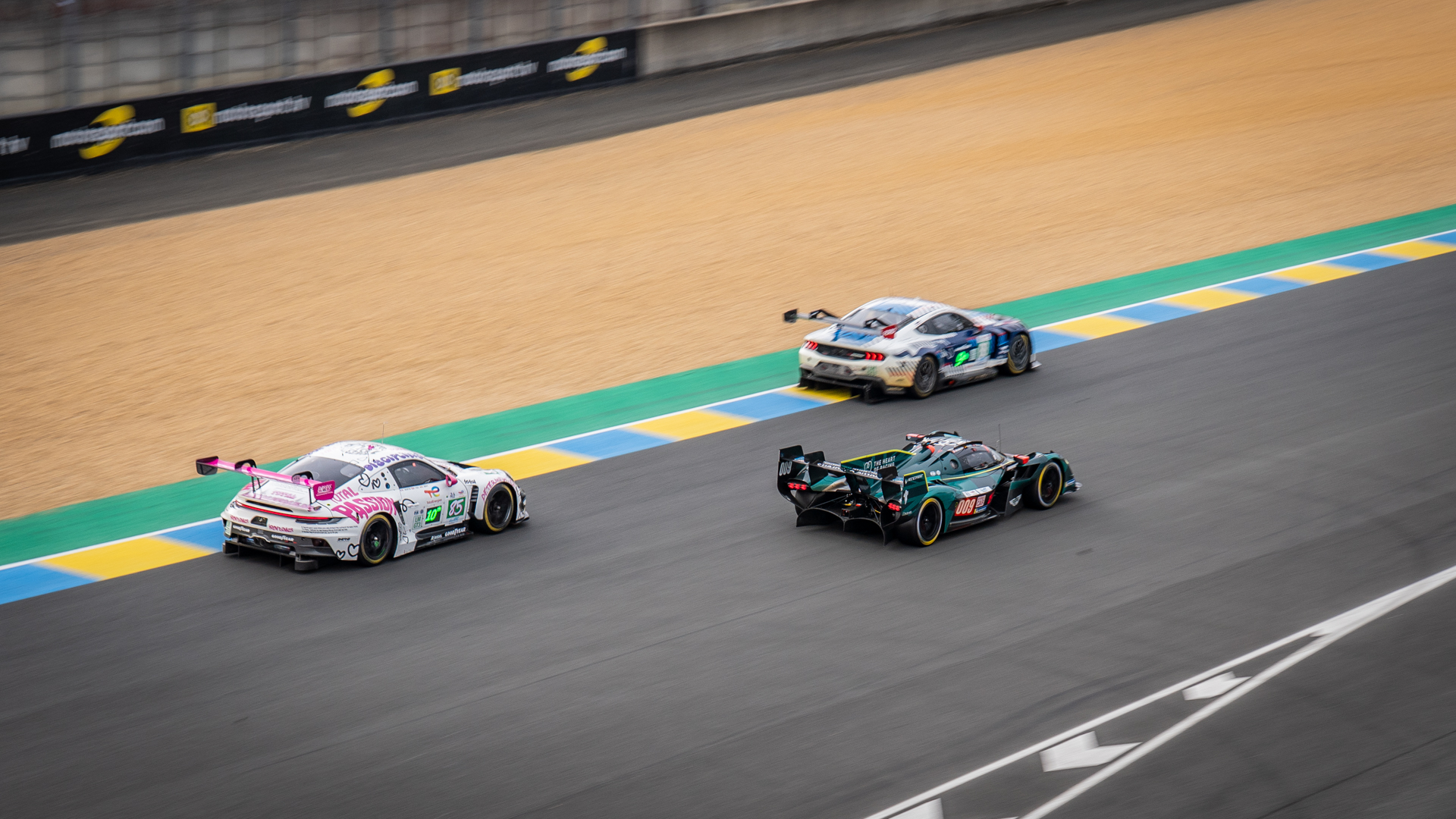
Time's up
The two Valkyries – carrying race numbers 009 and, naturally, 007 – qualified in 15th and and 20th places respectively, out of 21 teams in the Hypercar category. Two trips around the clock later, and the 009 Aston crossed the line in 12th, followed by the 007 car in 14th.
Finishing four and six laps, respectively, behind the race-winning Ferrari 499P might not sound like much, but when it’s your first Le Mans, finishing at all is a huge achievement. The Astons were only a little off the pace – the 009 car qualified just 1.6 seconds behind the pole-sitting Cadillac, across a three-minute lap – but, crucially, they proved to be reliable.
They’ll be back next year. Aston Martin, along with The Heart of Racing, who runs its Le Mans teams, repeatedly said through the weekend that Valkyrie is part of a multi-year programme. I can't wait to see – and hear – the Valkyries take flight again in 2026.

Alistair is a freelance automotive and technology journalist. He has bylines on esteemed sites such as the BBC, Forbes, TechRadar, and of best of all, T3, where he covers topics ranging from classic cars and men's lifestyle, to smart home technology, phones, electric cars, autonomy, Swiss watches, and much more besides. He is an experienced journalist, writing news, features, interviews and product reviews. If that didn't make him busy enough, he is also the co-host of the AutoChat podcast.
You must confirm your public display name before commenting
Please logout and then login again, you will then be prompted to enter your display name.
